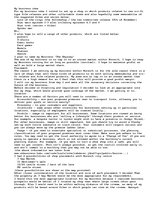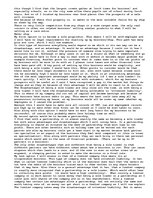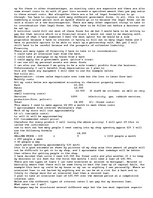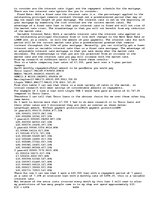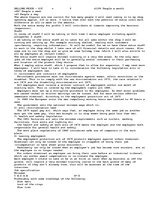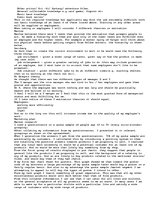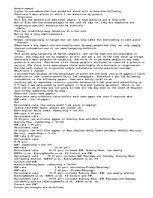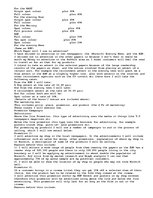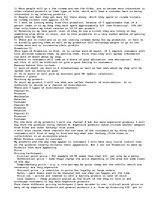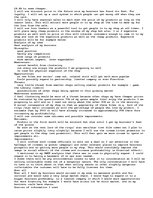Marketing plan
Market research
I used a questionnaire on a quota sample of people age 12 to 30 (every socio-economic grouping)
After collating my information from my questionnaires, I presented it in relevant groupings as shown on the spreadsheet.
When I generalise the answers I get from the questionnaires, 75% of my quota sample are potentially my customers. I calculated this by introducing a pointing system to them and totalling the positive answers towards products I am proposing to sell. I realised that any total mark exceeding 11 would be a potential customer for at least one of my products. And so would be more than likely buy something from my shop.
From the first group of results displayed in pie charts, they suggest that people in general like the products I am proposing to sell, and the background of a relating to any of my products. And so are likely to buy products related to the mentioned stories/ films, and would buy them if they had chance.
O my first bar chart shown for posters. This graph showed me that toward the poster side of my business a large percentage of my quota sample taken would buy a poster on a fairly regular basis. And also to my advantage the quota sample /market segment I am attempting to appeal to will buy the types of poster I intend to offer.
Form my last graph I learnt something of great importance. This was that all my other miscellaneous products would sell much better than that of film products.
…

